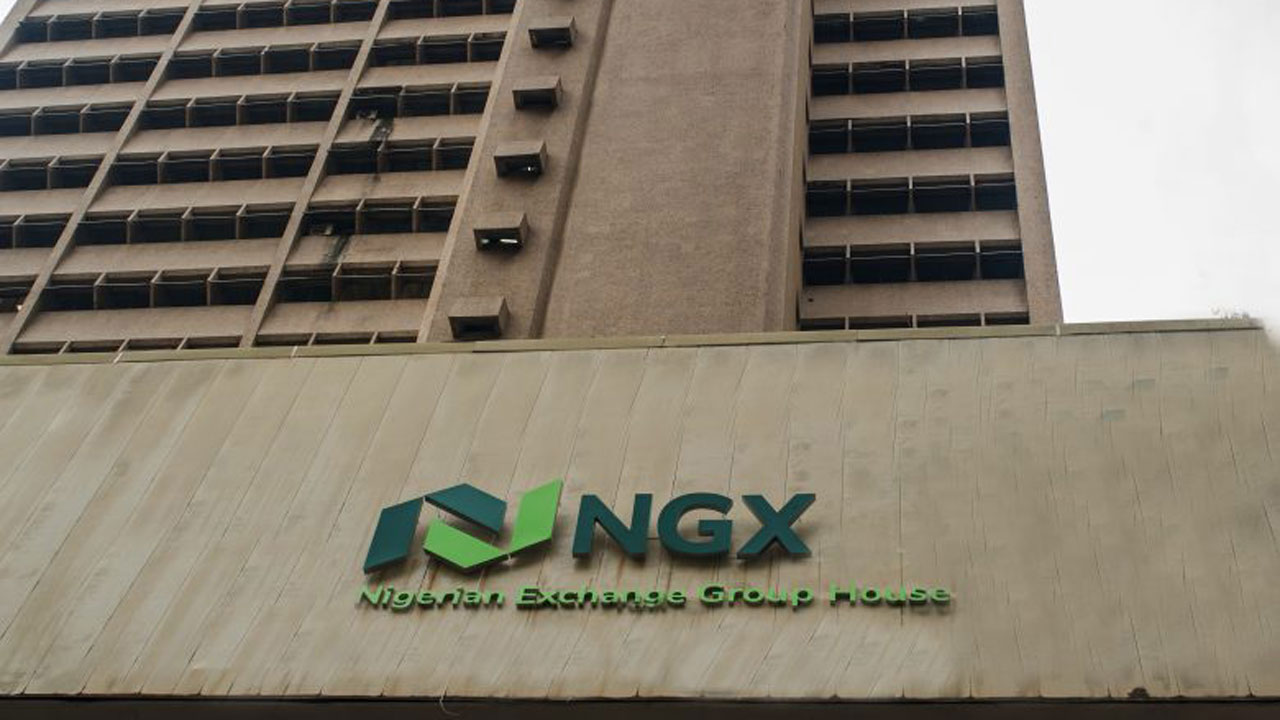The dollar slipped in Asia onTuesday as U.S. Treasury yields fell to three-month lows, a signsome investors were wagering the Federal Reserve would slow thepace of its rate hikes.
The weakness in the dollar comes against the backdrop of atemporary truce in the US-China trade conflict, which hasbolstered investor confidence in riskier currencies versus thesafe-haven greenback.
The U.S. 10-year Treasury yield US10YT=RR fell to 2.94percent on Tuesday, its lowest level since mid September. Thedifference in yield between the U.S. 2-year and 10-yeartightened to its smallest since July 2007.
The two-10-year yield curve is a key focus for investors asan inversion is seen as predictor of a U.S. recession. A yieldcurve is said to be inverted when yields on longer-datedmaturity bonds are lower than shorter-dated maturity bonds.
The yield curve has flattened as continuing interest ratehikes send short-dated yields higher, while longer-datedTreasuries are supported by tepid inflation and slowing globalgrowth.
“Falling U.S. yields are a negative for the dollar,especially versus the major currencies,” said Rodrigo Catril,senior currency strategist at NAB.
Catril added that U.S. Treasury yields are near crucialtechnical support levels, a break of which could add furtherpressure on U.S. yields and the dollar. The dollar index .DXY , a gauge of its value versus sixmajor peers, was off 0.23 percent at 96.8. The dollar had been supported for most of 2018 by a robustU.S. economy and a relatively hawkish Fed, which is widelyexpected to raise its policy interest rate later this month.
Markets have priced in an 87 percent probability of a ratehike at the Fed’s Dec. 18-19 meeting.
The dollar came under pressure last week when the markettook comments from Fed Chair Jerome Powell as signalling aslower pace of rate hikes.
A more dovish tone from the Fed last week has led markets toquestion how many times the central bank will hike rates in2019.
“Given data remains strong, we think the Fed will hike twicein 2019 and that’s more than what the market is pricing in rightnow…we remain moderately bullish on the dollar,” said NickTwidale, chief operating officer at Rakuten Securities.
Currencies such as the Chinese yuan, which were battered inthe US-China trade war, are expected to trade stronger versusthe greenback in the coming weeks as investor sentimentimproves.
The dollar fell 0.5 percent against the offshore yuan CNH= to 6.8375. On Monday, it lost 1.07 percent, its steepestpercentage fall since Aug. 25.
“For now, it seems China has got the best out of G20 and weexpect the yuan to remain supported,” added Twidale.
However, he warned that markets need to see a further easingin trade tensions for the risk-on rally to continue.
The Australian dollar AUD= gained 0.3 percent in Asiantrade at $0.7376. The Reserve Bank of Australia kept its policycash rate unchanged on Tuesday in a widely expected move.
The yen JPY= traded at 113.13 to the dollar, with thegreenback losing 0.4 percent versus the Japanese currency.
Elsewhere, sterling GBP= was gained 0.2 percent to tradeat $1.2744 due to broad dollar weakness. On Monday, the poundfell below $1.27 for the first time since Oct. 31.
Sterling has posted losses for three consecutive weeks astraders bet that British Prime Minister Theresa May will not beable to pass her Brexit deal through parliament on Dec.11.














